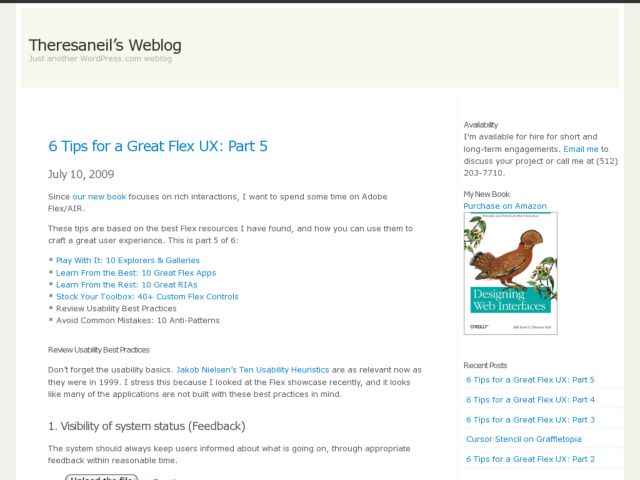CNet reports on an MTV Networks survey on the effectiveness of their video advertising formats.
"Project Inform," the MTV survey, found that a five-second-long "pre-roll" ad in advance of the clip, combined with ten seconds of a semi-transparent ad unit that takes up the lower third of the video (and starts about ten seconds in), makes up "both the most effective and the most audience-friendly ad product for short-form online video," according to a release.
MTVN calls this the "lower one-third product suite." It was tested against two other ad packages, the "sideloader," which combines the five-second pre-roll with an ad that rolls out of the side of the video window; and a traditional 30-second pre-roll before the ad.So, obviously, that's a limited number of options and certainly doesn't reflect the full range of possibilities for online ads. But it was thorough: Project Inform ran consumer survey tests across about 50 million video streams on the Web properties for media brands like MTV, Comedy Central, and Nickelodeon.
There's also mention of Hulu's success last year of providing users the option of viewing longer pre-video ads rather than interrupting their video. You can read the MTV article here.
http://news.cnet.com/8301-1023_3-10287132-93.html?part=rss&subj=news&tag=2547-1_3-0-20

